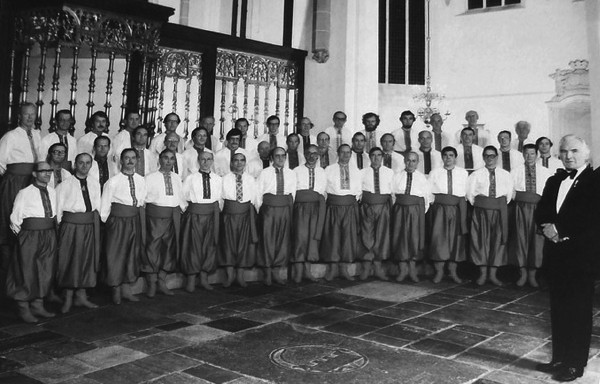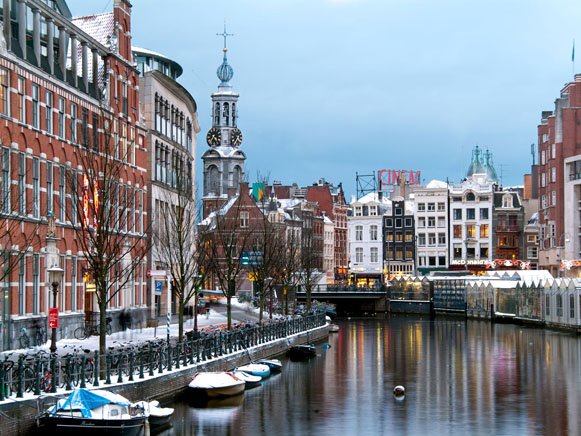Netherlands
Netherlands. A western European state (2021 pop 17,615,900) covering an area of 41,865 sq km. Its capital is Amsterdam. Up to the 17th century, Ukrainian relations with the Netherlands (as well as with Belgium, with which the Netherlands was united at the time) were primarily economic and were conducted mainly through Amsterdam. Ukrainian students attended Dutch institutions of higher learning, including Leiden University (Yurii Nemyrych), in the 17th century. In the same period Dutch cartographers (H. Gerritsz, Willem Hondius, J. Blaeu) drew and published the first maps of Ukraine as plotted by T. Makowski and Guillaume Le Vasseur de Beauplan. C. Cruys, who later served as an admiral in the Russian navy, was the author of an atlas of the Don River and the Black Sea, published in Amsterdam in 1703. Dutch engravers took up Ukrainian subjects in their work. Abraham van Westerfeldt made a drawing of Kyiv (published in 1653); views of many Ukrainian cities were published in atlases assembled by J. Jansson and others; and Hondius engraved a portrait of Hetman Bohdan Khmelnytsky. Dutch scholars of the 17th and 18th centuries, such as A. Cellarius and T. Salmon, included descriptions of Ukraine in their works on geography and history.
Contacts between the Netherlands and Ukraine grew significantly after the First World War. In 1919–23 there was a diplomatic mission of the Ukrainian National Republic to the Netherlands and Belgium, headed by Andrii Yakovliv, in The Hague and then in Brussels. In 1920 Oleksander Koshyts led the Ukrainian Republican Kapelle on a concert tour of the Netherlands. In 1921 Metropolitan Andrei Sheptytsky visited the country and set in motion the establishment of an apostolate for local Ukrainians. In 1948–50 the apostolate funded the establishment of a Ukrainian Catholic theological seminary in Culemborg, and in 1951 it contributed to the founding of the Byzantine Choir of Utrecht (whose members were all Dutch) under the direction of Myroslaw Antonowycz. In the 1950s and 1960s Antonowycz taught music at the state university in Utrecht, and O. Kushpeta taught economics at the Catholic university in Tilburg.
After the Second World War there were about 800 Ukrainians living in Holland, mainly women who had worked as forced laborers (see Ostarbeiter) in Germany and were then resettled in the Netherlands. For the most part they married Dutch men and were assimilated. In the early 1990s there were about 460 Ukrainians in the Netherlands, who mainly lived in Amsterdam, Utrecht, and the province of Overijssel, near the German border. In 1948 the Association of Ukrainians in Holland (Bond van Oekraïners in Nederland) was formed. It was headed successively by O. Kushpeta, M. Bryk, M. Skrypnyk, M. Berskers, and O. Berskers; in the early 1990s it had around 100 members. Colonel Yevhen Konovalets is buried in Rotterdam, where he was assassinated on 23 May 1938.
BIBLIOGRAPHY
Bryk, M. Ukraïntsi Holliandiï (Losser–Munich 1979)
Arkadii Zhukovsky
[This article originally appeared in the Encyclopedia of Ukraine, vol. 3 (1993).]

